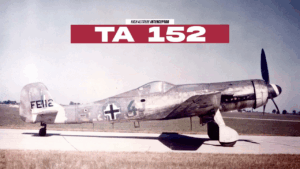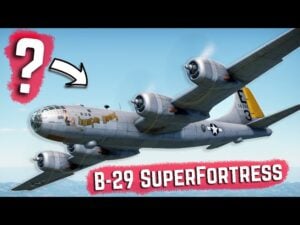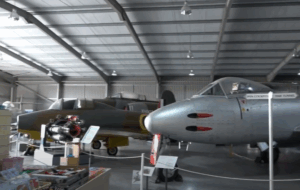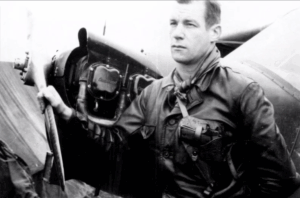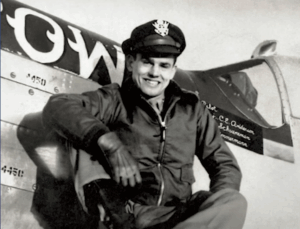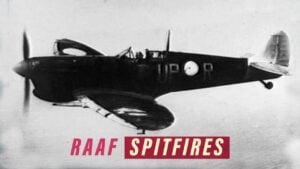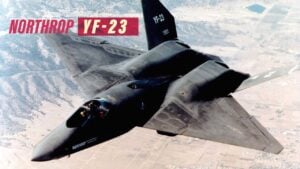Why Contrarotating Props Are Used In Military Planes

YouTube / Military TV
What’s the purpose of having contra-rotating propellers on an aircraft?
Contra-rotating Propellers
Some planes are equipped with contra-rotating propellers, where two propellers are attached to the same engine with one installed immediately behind the other.

It applies the maximum power of a single piston or turboprop engine, driving two coaxial propellers rotating in the opposite direction around the same axis. Then, the power is transferred from the engine through a planetary gear or spur gear transmission.
Design

A well-designed contra-rotating propeller will have no rotational airflow, which allows the propeller disk to push the minimum amount of air equally through it. This leads to better performance and minimum induced energy loss.

The use of contra-rotating propellers recovers energy lost due to air motion in the forward propeller’s slipstream. This allows an increase in power without increasing the propeller diameter. This also helps in decreasing the torque impact on high-powered piston engines.
Efficiency
Moreover, contra-rotating propellers are 6% to 16% more efficient than conventional propellers.

Thus, they’ve been used in several military planes like the Tupolev Tu-95 “Bear” and examined for use in a lot of airliners.
Aircraft With Contra-rotating Propellers
While several other countries experimented with contra-rotated propellers and aircraft, only the Soviet Union and the UK have massively produced them.
Some of the most successful British jets that have contra-rotating propellers are the Avro Shackleton powered by the Rolls-Royce Griffon engine and the Fairey Gannet that utilized the Double Mamba Mk. 101 engine.

Moreover, the NK-12 turboprop can drive an 8-blade contra-rotating propeller, the NK-110 with a four-blade front and back contrarotating propeller configuration and the An-70 are the list of Russian driving contra-rotating propeller aircraft.














